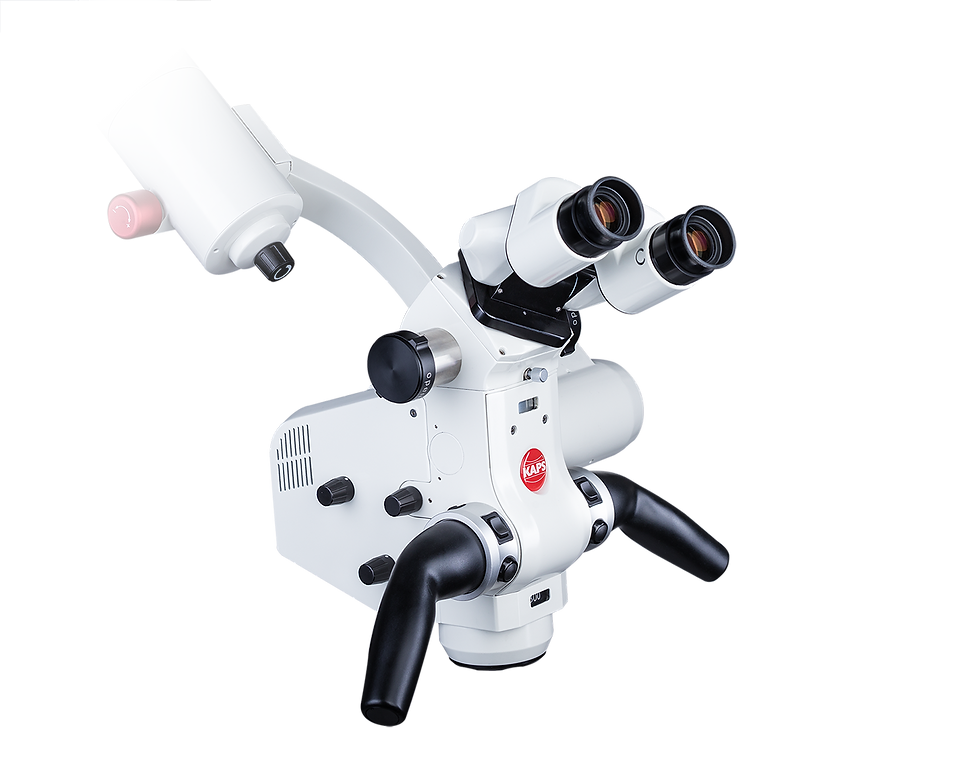Built on the award-winning platform of the CS 8100 panoramic system, the CS 8100SC features the world’s fastest cephalometric imaging technology and tracing software. With a full range of available image formats and powerful software features, the CS 8100SC is an ideal choice for everyday orthodontic and oral surgery applications.
- Scanning in record time – fastest ceph scanning in the world
- Exclusive automatic tracing software – full tracing within 90 seconds*
- CS Adapt module for impressive image clarity and customizable look and feel
- Ultra-compact unit fits any practice
- Versatile programs and image formats (26 x 24 cm, 18 x 24 cm and 18 x 18 cm)
High-quality images: Combining state-of-the-art image processing and advanced imaging technology, the CS 8100SC captures crystal-clear image in seconds. Preset orthodontic filters optimize visualization of hard and soft tissues with just one click, while the CS Adapt module delivers impressive image clarity and even allows you to customize the look and feel of your images.
The fastest scanning cephalometric system in the world: The CS 8100SC is able to scan an 18 x 24 cm image in as little as three seconds when using the quick mode*. Such exceptional speed not only reduces the risk of motion blur, it also reduces exposure time for the patient. And with two scanning modes available, as well as selectable fields of view, you can further adapt image quality and exposure area based on your diagnostic needs. In other words, sharper exams and safer patient conditions.
Exclusive automatic tracing: With the CS 8100SC, your images are turned into tracings in just 90 seconds. The exclusive software automatically recognizes and traces anatomical structures— saving you and your team valuable time and delivering faster results. The software covers the most common analysis needs, such as Ricketts, McNamara, Steiner and Tweed.
Dual-sensor systems: Two sensors are better than one—and that’s why the CS 8100SC comes with dual sensors as a standard feature (one for panoramic and cephalometric imaging). Because there’s no need to change the sensor between examinations, there’s little need for manipulation and less risk of damage to the unit.



























